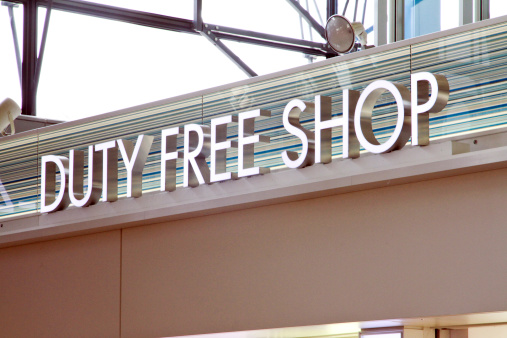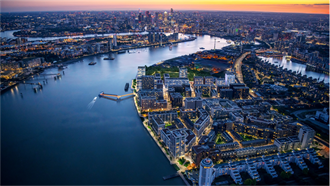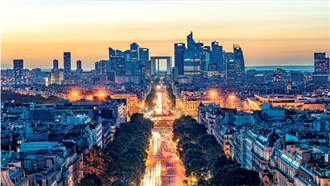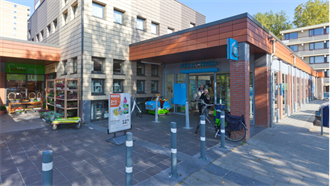Duty free shopping is on the rise as global air travel booms, offering new opportunities for luxury brands. Fiona Hamilton, Global head of retail for international brands at BNP Paribas Real Estate, outlines the benefits, and the pitfalls.
The good
With the large growth in air travel seen from all areas of the globe, duty free shopping is understandably on the rise. Through our work in benchmarking airport cities and with our team providing development consultancy to Prague Airport, as well as working with brands at airports including Edinburgh and Frankfurt, we’ve seen the growing interest in developing an innovative and curated retail offer to capitalise on the growing opportunity presented by duty free, which is probably the significant non-aeronautical revenue generator in airports.
Air traffic is expected to double in the next 15 years, driven by consumers from China and other emerging economies that are becoming more and more mobile. In the Asia-Pacific region alone we’ve seen a compound annual growth rate of around 14% for the 10 years to 2014, albeit the last three years have seen a slight slowing in growth due to geo-political and other disruptions.
However the very nature of global travel means that while one area could be under-performing, another region could well be blossoming. Research has shown that it is travellers who now account for approximately 40% of global spending on personal luxury goods, with 12-13% of this occurring through dedicated travel retail channels. Most travellers find themselves with an average dwell time of more than 90 minutes in most international airports, becoming “captive” consumers and embracing tax and duty-free shopping as the perfect way to pass the time, thus creating a strong target market for retailers.
However, attention must be given to curating the retail offer according to the profile of traveller; Sydney Airport does not have the same line-up as Barcelona, and offering only high-end luxury goods in the departure areas of low-cost holiday destinations would not work, regardless of the footfall. Furthermore, our work with Dublin Airport Central, which includes Grade-A office space as well as public realm for kiosks and transient retail, has shown the move beyond creating pure retail spaces, to creating visionary mixed-use developments that fulfil the growing consumer demand for contextually-relevant experiences which deliver the right product at the right time.
The bad
Retailers entering an airport through duty-free operators benefit from a certain security and are safe in the knowledge that the operational side of things is taken care of. However, the downside is that the brand may not be paid the particular care and attention that it would receive under the control of the retailer itself. Are they doing the best for your brand recognition or are they placing you at the back of the aisle in a dark corner?
Will you, as an emerging cosmetic brand, for example, be positioned alongside tobacco products? Does the brand owner have some, if any control over this? Some would argue that global department stores may do a better job for individual brands, allowing the brand owner more input into positioning and giving them the ability to make decisions which will get the best brand recognition.
The ugly
Once a brand has been “handed over” to the care of the duty-free operator, this loss of control is mirrored in the lack of control the brand owner will have over consumers, as they are herded around the meandering black sparking granite floor on their way through to the departure lounge. Unlike the guided path through an IKEA store, in a duty-free outlet there are no quick escape routes. Passengers who may not be interested in making a purchase will be forced to dodge those browsing the aisles, adding to the stress and annoyance of those who travel more frequently than once or twice a year.
The way ahead
It is clear that retailers should not miss out on the opportunities presented by duty free shopping, as global air travel continues to grow at a monumental rate. However, to capitalise on today’s truly global breed of consumers, duty free outlets can no longer afford to be perceived as part of a standard and homogenous offering which can be found in any airport across the world. Like Dublin Airport Central, airports must work with consultants to deliver unique and curated retail spaces, offering an experience and product range which reflects the needs and wants of the travellers passing through them.
Fiona Hamilton
Global head of retail for international brands at BNP Paribas Real Estate


































